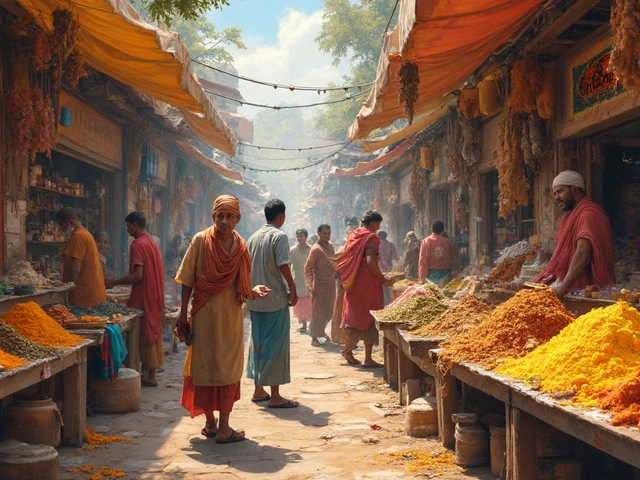Burning Sage: What It Is and Why People Do It
If you’ve ever walked into a home where a smoldering bundle of leaves hangs overhead, you’ve probably seen burning sage, also called smudging. The practice comes from several cultures and is used to clear air, calm nerves, or set a spiritual vibe. It’s simple: you light the tip of a dried sage bundle, let it flame for a few seconds, then blow it out so it smokes. The smoke drifts around the room, and many believe it sweeps away negative energy.
In India, sage (known as *Salvia*) grows in some regions and is sold as dried stalks in herbal shops. People often buy it for its pleasant aroma and the feeling of a fresher home. But the ritual isn’t just about smell; the combustion releases chemicals that can affect your lungs and bloodstream.
Potential Health Benefits (And When They Matter)
Studies on sage smoke suggest a few possible upsides. The aroma contains compounds like thujone and cineole, which can act as mild decongestants. Some users report feeling less stressed after a short smudging session, likely because the ritual itself forces a pause and deep breathing.
In small, occasional doses, these effects are usually harmless. If you enjoy a brief waft of sage while meditating, you’re probably fine. The key is moderation – a few minutes a week, not an hour a day.
Risks You Should Know Before You Light Up
Burning any plant material creates particulate matter, carbon monoxide, and volatile organic compounds. Sage is no exception. In a poorly ventilated room, the smoke can irritate the eyes, throat, and lungs. People with asthma, COPD, or other respiratory issues should avoid long sessions or use a fan to clear the air quickly.
Thujone, a component of sage, has been linked to neurotoxic effects at high doses. While the amount you inhale from a typical smudge is far below dangerous levels, repeated heavy exposure could add up, especially for kids and pregnant women.
Another concern in India is possible pesticide residue on commercially sold sage. Farmers may use chemicals that remain on the leaves, and burning them can release toxic fumes. Always buy from reputable, organic sources or wash the bundles before lighting.
Finally, the fire risk is real. A smoldering sage bundle left unattended can ignite nearby fabrics or curtains. Keep the bundle on a heat‑proof plate and never leave it alone.
Safe Smudging Tips You Can Start Today
1. **Ventilate** – Open a window or door before you start, and keep it open for a few minutes after. This clears out any lingering particles.
2. **Time it Right** – Limit the session to 5‑10 minutes. Use a timer if you tend to lose track.
3. **Choose Clean Sage** – Look for “organic” or “chemical‑free” labels. If you can, ask the seller about farming practices.
4. **Use a Dedicated Holder** – A fire‑proof ceramic dish or metal tray prevents the ash from falling onto surfaces.
5. **Mind Who’s Around** – Keep children, pets, and pregnant people out of the room while you smudge.
By following these steps, you can keep the ritual pleasant without risking your health or home.
Burning sage can be a soothing tradition, but like any smoke, it comes with trade‑offs. Understanding the chemistry, being mindful of ventilation, and choosing clean, responsibly sourced sage help you enjoy the benefits while staying safe. If you ever feel dizziness, cough, or irritation, stop immediately and get fresh air. Your well‑being is the most important part of any ritual.

Is Burning Sage a Sin? Exploring What the Bible Really Says
Breaking down what the Bible actually says about burning sage. Myths, facts, and what believers need to know about smudging and spiritual practices.

What’s the Best Herbal Health Supplement?
Apr, 6 2025

Can Chemotherapy Cure Stage 4 Cancer?
Nov, 24 2024


